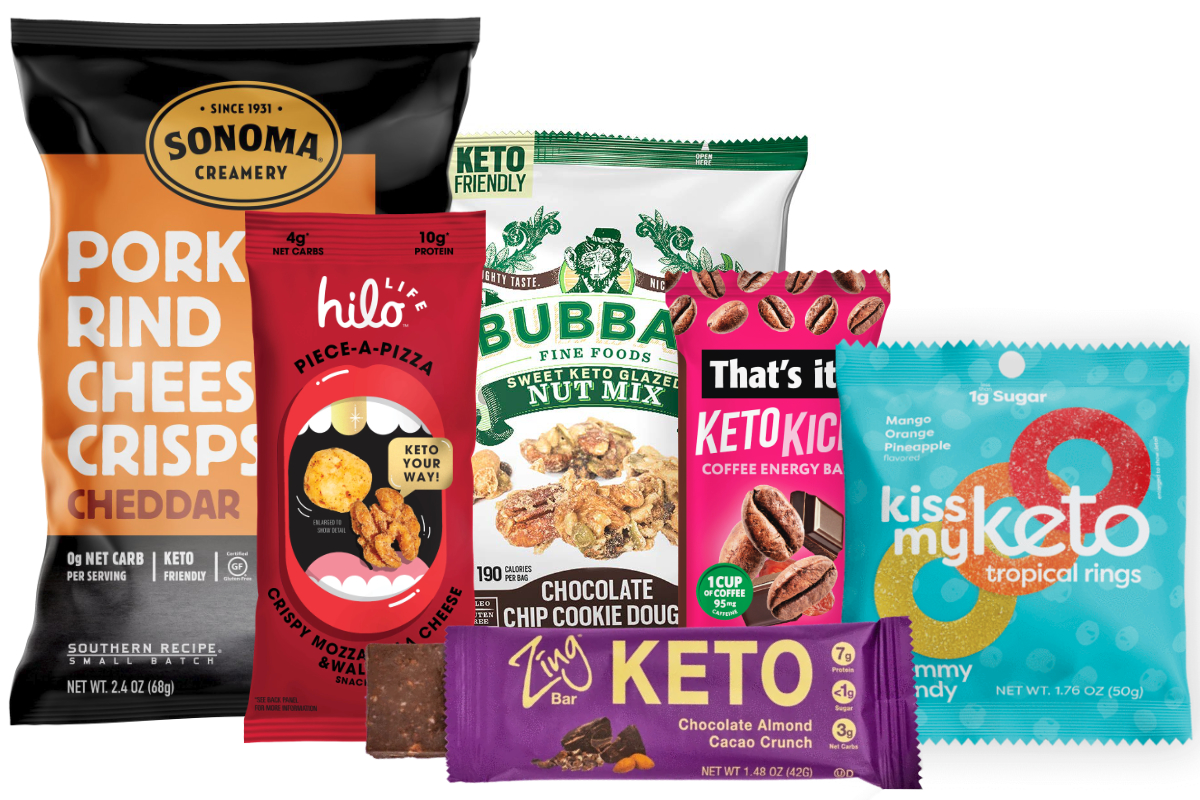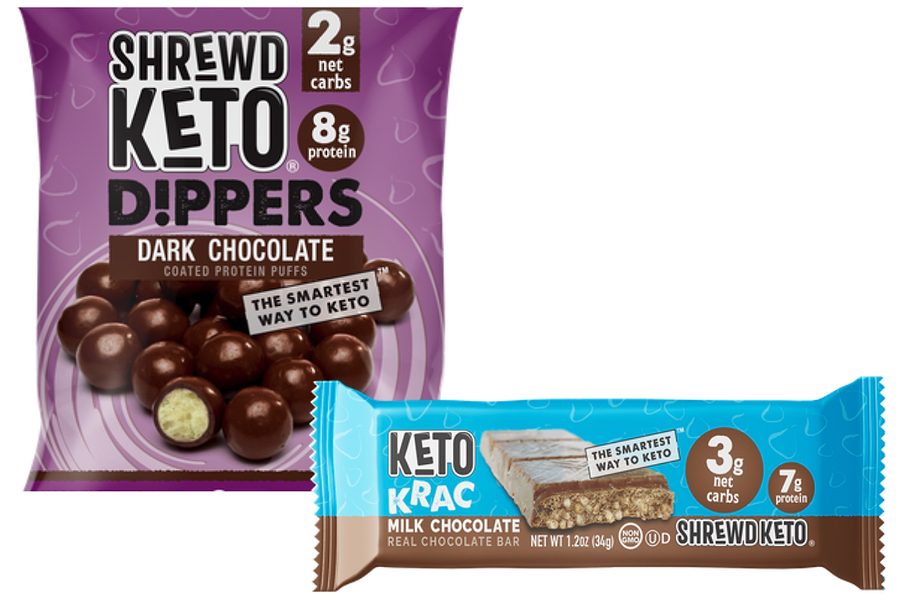 CHICAGO – The 2021 Food & Health Survey from the International Food Information Council, Washington, showed that about 4 in 10 Americans followed a diet or specific eating pattern this past year. Calorie counting, a new addition to the survey, took the lead as the most common, edging out clean eating and intermittent fasting, which have jockeyed for the top spot for several years.
CHICAGO – The 2021 Food & Health Survey from the International Food Information Council, Washington, showed that about 4 in 10 Americans followed a diet or specific eating pattern this past year. Calorie counting, a new addition to the survey, took the lead as the most common, edging out clean eating and intermittent fasting, which have jockeyed for the top spot for several years.
Only 5% of the 1,054 adults surveyed claimed to follow a keto/high-fat lifestyle. This was down three percentage points, from 8% in 2020 to 5% in 2021. Still, innovators exhibiting at the 2021 Sweets & Snacks Expo, which was held June 23-25 in Indianapolis, were not deterred by the drop.
Recognizing that traditional sweets and snacks are forbidden on a keto diet, product developers relied on ingredient technologies and innovative processing — think dehydration and infusion — to formulate products that appeal to consumers following a keto-centric diet. Such diets are about 70% fat, 20% protein, and 5% each simple carbohydrates and non-starchy vegetables. By eating a lot of fat and few carbohydrates, the body is forced into a metabolic state known as ketosis, which is when the body burns fat instead of carbohydrates for energy.
“While the keto label did pop out at the Sweets & Snacks Expo, it was often from brands offering natural, simple, better-for-you products that were low in sugar and big on taste,” said Kara Nielsen, director-food and drink, WGSN, Los Angeles. “Low-sugar dark chocolate was the biggest standout; it appeals to those also craving an intense chocolate taste and well-crafted chocolate. We noted it in bars, granolas and sweet nut mixes, all items that have consumer appeal beyond keto dieters.”
The terms “keto” and “keto-friendly” are unregulated; therefore, strict keto dieters are encouraged to read nutrition information and ingredient labels. Their first instinct is to avoid grains/grain-based foods, sugar/sugar-sweetened products, potato/potato-based food products and most fruits, all the bases of traditional sweets and snacks and the foundation for the Sweets & Snacks Expo.
 Allowed snacks include animal-based products, such as cheese, jerky and hard-boiled eggs. Nuts and seeds, along with low-carbohydrate fruits and vegetables, such as berries, kale and spinach, make the grade. Snacks formulated with the ingredients often get pumped with healthful fats, such as avocado, coconut and olive oil, for added value.
Allowed snacks include animal-based products, such as cheese, jerky and hard-boiled eggs. Nuts and seeds, along with low-carbohydrate fruits and vegetables, such as berries, kale and spinach, make the grade. Snacks formulated with the ingredients often get pumped with healthful fats, such as avocado, coconut and olive oil, for added value.
“It was notable to see what sweeteners were being used on keto sweet and snack labels and how these sweeteners delivered a sweet taste experience,” Ms. Nielsen said. “Allulose, stevia, monk fruit, sugar alcohols and chicory fiber/inulin were all present in various combinations. We are tracking consumers’ interest and understanding of these ingredients as reducing sugar rises as a dietary goal.”
Marketers should note brands with keto in their name do run the risk of alienating mainstream shoppers. That is one of the reasons why Weight Watchers changed its name to “WW.” The brand did not want shoppers to think products were only for those on a diet and wanted to convey that its products are inclusive to all who are focusing on wellness. Flagging keto-friendly or a keto certification on product labels is the approach the majority of the companies at Sweets & Snacks Expo appeared to be taking. Another noted trend was smaller pack size.
“As candy and snack companies seek to help people find balance in their diets, we continue to see more offerings in smaller pack sizes, providing consumers options as they look to manage their sugar and sodium intake,” said Lauren O’Toole Boland, director of communications, National Confectioners Association, Washington.











